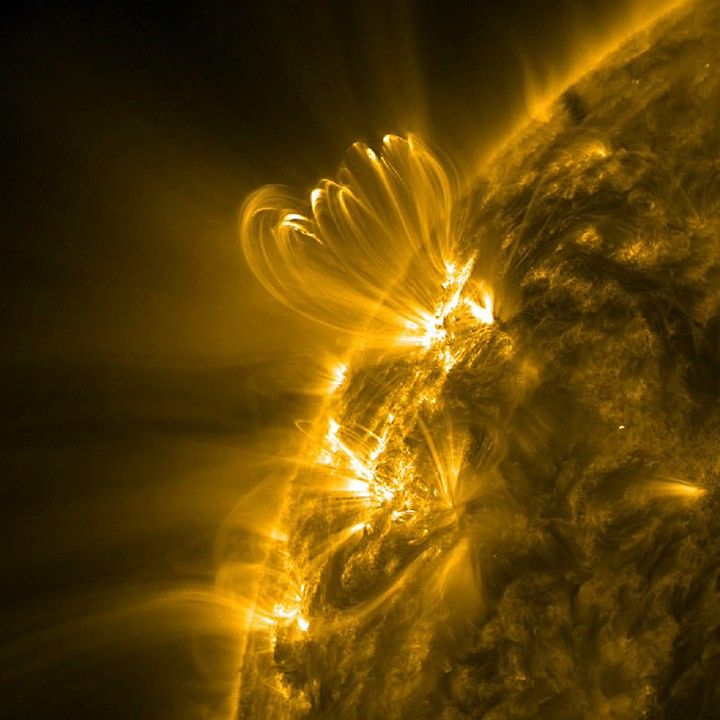Unprecedented images of the Sun's poles captured from space are released: these are the findings

The European Space Agency (ESA) announced the acquisition of unprecedented images of the solar poles, captured on June 11, 2025, by the Solar Orbiter spacecraft. The collected visual material represents a transformation in our understanding of the Sun, according to experts.
The analysis of these images changes the landscape of the solar cycle and space weather, altering the perspective of scientists who have studied them until now.
READ ALSO

Researchers' understanding of the Sun is based on images obtained from Earth, primarily from the solar equator. Until now, all the images we've seen of the Sun have been taken from the solar equator, because Earth, the other planets, and all spacecraft orbit the star in a flat disk called the ecliptic plane .
According to the National Aeronautics and Space Administration ( NASA ), this term refers to the orbit of the Earth and the planetary bodies that revolve around the sun, over a period of one year.
Thanks to new images collected from an inclined orbit below the Sun's equator, we have gained an unprecedented view of the workings of the planet responsible for giving life to Earth. This allows us to effectively understand changes in the Sun's magnetic field, the solar cycle, and space weather.
The scientific director of the European Space Agency (ESA) told EFE: "Today we reveal humanity's first views of the Sun's pole."
Today we reveal humanity's first views of the Sun's pole.
It is a spacecraft that functions as a highly complex scientific laboratory , designed to study the changes and behavior of the Sun. The Solar Orbiter space laboratory captures images using three integrated devices.
- Polarimetric and Helioseismic Imager (PHI): obtains images with visibility of the Sun and mapping of the star.
- Spectral Imaging of the Coronal Environment (SPICE): captures the different solar atmospheric layers and the temperatures radiated by the surface.
- Extreme Ultraviolet Imager (EUI): Captures images in ultraviolet light while revealing the million-degree gas present in the Sun's outer atmosphere, known as the corona.
Solar Orbiter captured the star's magnetic state through images that, according to scientists, determined that the Sun's magnetic field was unstable.
With the first sighting of the south and north poles, it was determined that they were not clearly defined . However, this situation is due to the fact that the star goes through different solar periods, establishing a maximum and minimum state of magnetic flux.

Planetary bodies revolve around the Sun. Photo: iStock
The European Space Agency has determined that Solar Orbiter 's primary objective is to study how the solar wind is produced. Through the SPICE team, they have been able to precisely track spectral lines , measuring the speed of the clusters the star expels.

Coronal loops of the Sun. Photo: NASA/Solar Dynamics Observatory
According to scientists at the European Space Agency, they hope the laboratory will be able to expand previously obtained images by moving further and further away from orbit. This would help obtain better images of the sun's polar regions.
For now, the first comprehensive study, a milestone in solar observation, classified as "pole-to-pole," obtained by the Solar Orbiter spacecraft in October 2025, is expected to reach Earth in the coming months .
🌞 See the Sun from a whole new angle. For the first time, our Solar Orbiter mission has captured close-up images of the Sun's mysterious poles, regions long hidden from our view. In 2025, Solar Orbiter gave us a first-ever look at the Sun's south pole. Remarkably, it… pic.twitter.com/EhyYxtDyaR
— European Space Agency (@esa) June 11, 2025
LATEST NEWS EDITORIAL
eltiempo





